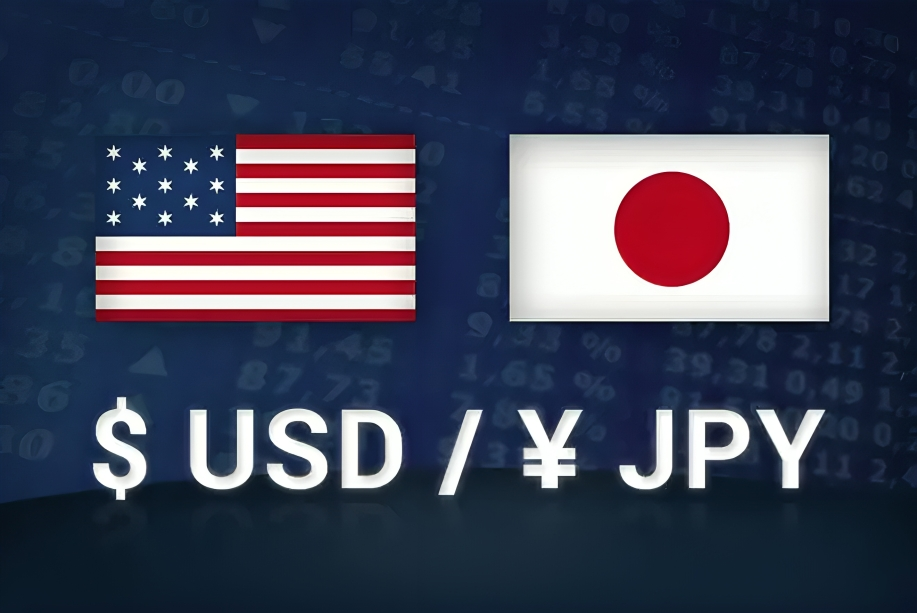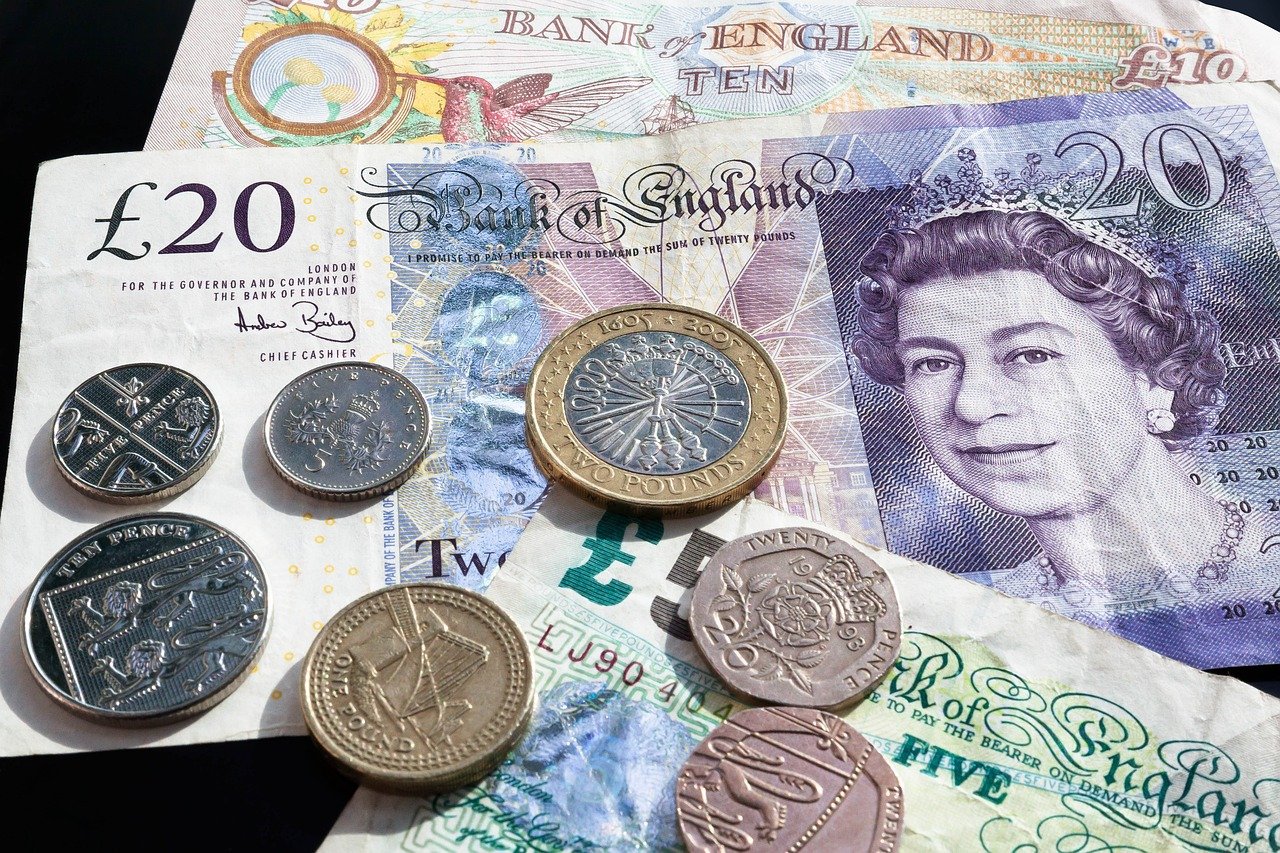USD/CHF was flat around 0.9070 during the Asian session on Thursday as investors await the much-awaited economic releases from both Switzerland and the United States. This currency pair remains mostly driven by a weaker US Dollar, where the US Dollar Index (DXY) hovers below 108.00. Investors are waiting for the US Q4 Gross Domestic Product (GDP) report, which is expected to show slowing annualized growth to 2.6% from 3.1% previously, together with rising concerns about inflation. In Switzerland, the ZEW Survey Expectations for January came out at 17.7, a strong improvement from -20. Market participants also observe the Swiss Trade Balance and KOF Leading Indicator data scheduled on Thursday to catch more directional movement for USD/CHF.
KEY LOOKOUTS
• Trade expects US GDP, which comes in at a slow rate at 2.6% and will thus come down from previous figures of 3.1%, hence boosting the strength of the USD currency and general feelings of the markets.
• Switzerland’s trade balance data for December could impact CHF demand, providing insight into the country’s export performance and economic health.
• The Fed’s cautious stance and recent policy statements may drive USD movement, with investors analyzing inflation signals and future rate decisions.
• The Swiss KOF Leading Indicator for January will offer clues about Switzerland’s economic outlook, potentially affecting USD/CHF price action.
USD/CHF is under focus as market participants await some key economic releases that are expected to drive market direction. The US Q4 GDP report, which is likely to come in at 2.6% from 3.1%, will be keenly watched to see how this affects the strength of the USD. Meanwhile, the Swiss Trade Balance for December and the KOF Leading Indicator for January are due for release, which would give a good idea of the economic outlook in Switzerland. However, the Federal Reserve is still holding back on monetary policy, from no instant rate cuts despite recent reductions. All these factors together determine how markets react to or follow the near-term movement of the USD/CHF in line with financial performance and the decisions of the central bank.
USD/CHF remains stable as traders wait for the key economic data, including the US Q4 GDP report and Switzerland’s Trade Balance. The Federal Reserve’s cautious monetary policy and inflation concerns continue to affect the movement of USD and keep investors vigilant about the changing market sentiment.
• The pair stays stable around 0.9070 as traders wait for the key economic data for fresh market direction.
• Expected to slow to 2.6% from 3.1%, impacting USD strength and overall investor sentiment.
• December’s trade balance release will provide insights into Switzerland’s export performance and economic stability.
• Switzerland’s economic outlook will be assessed based on the upcoming KOF Leading Indicator for January.
• The Fed’s cautious approach to interest rates influences market expectations and USD movement.
• The US Q4 GDP Price Index is projected to rise to 2.5%, indicating persistent inflationary pressures.
• Traders closely follow economic indicators and central bank signals to figure out the next move of USD/CHF.
USD/CHF remains steady at around 0.9070 while waiting for important economic data releases both from the US and Switzerland. The US Q4 GDP report is going to be released that is likely to reflect the slowing down of economic growth. A decline from 3.1% to 2.6% is estimated. This data, along with the US GDP Price Index rising to 2.5%, highlights persistent inflation concerns that may influence Federal Reserve policy decisions. Meanwhile, the Fed’s recent decision to maintain interest rates at 4.25%-4.50% and its cautious stance on inflation continue to shape market sentiment, potentially providing support for the US Dollar.
USD/CHF Daily Chart

TradingView Prepared by ELLYANA
In Switzerland, investors are closely watching the release of the Swiss Trade Balance for December and the KOF Leading Indicator for January. The Swiss economy showed signs of improvement in January, with the ZEW Survey Expectations jumping to 17.7 from -20, indicating growing optimism. These upcoming data points will offer further insight into Switzerland’s economic health and could impact CHF demand. As the traders assess these indicators, USD/CHF is expected to be responsive to any surprises in economic data or changes in the central bank policies.
TECHNICAL ANALYSIS
USD/CHF is consolidating around the 0.9070 level after two consecutive days of gains. The pair faces immediate resistance near 0.9100, a psychological level that, if breached, could push the price towards the next resistance at 0.9150. On the downside, support is seen around 0.9020, with a break below potentially opening the door for further declines toward 0.8980. The Relative Strength Index (RSI) remains neutral, indicating a lack of strong momentum in either direction. Meanwhile, the 50-day and 200-day moving averages suggest a mixed trend, with the pair needing a decisive move above resistance or below support to confirm a new directional bias.
FORECAST
USD/CHF could gain bullish momentum if the pair breaks above the 0.9100 resistance level, which would then signal further upside potential. A sustained move above this level could push the price toward 0.9150, with the next key resistance at 0.9200. The US Dollar might strengthen if the upcoming US Q4 GDP data beats expectations, reinforcing the Federal Reserve’s cautious stance on monetary easing. Furthermore, ongoing concerns over inflation, along with hawkish Fed statements, are going to push demand for USDs, thus favoring a push higher in USD/CHF.
Conversely, selling pressure could occur in USD/CHF, if the quote fails to close above the main support level located at 0.9020. The breakout below the key level might attract the quote downward to 0.8980 and further on to the strong support located at 0.8950. Weak US GDP data or signs of economic slowdown could weigh on the USD, while strong Swiss economic indicators, such as an improved Trade Balance or KOF Leading Indicator, may boost CHF strength. Additionally, any dovish signals from the Federal Reserve regarding future rate cuts could put further downward pressure on USD/CHF in the near term.







